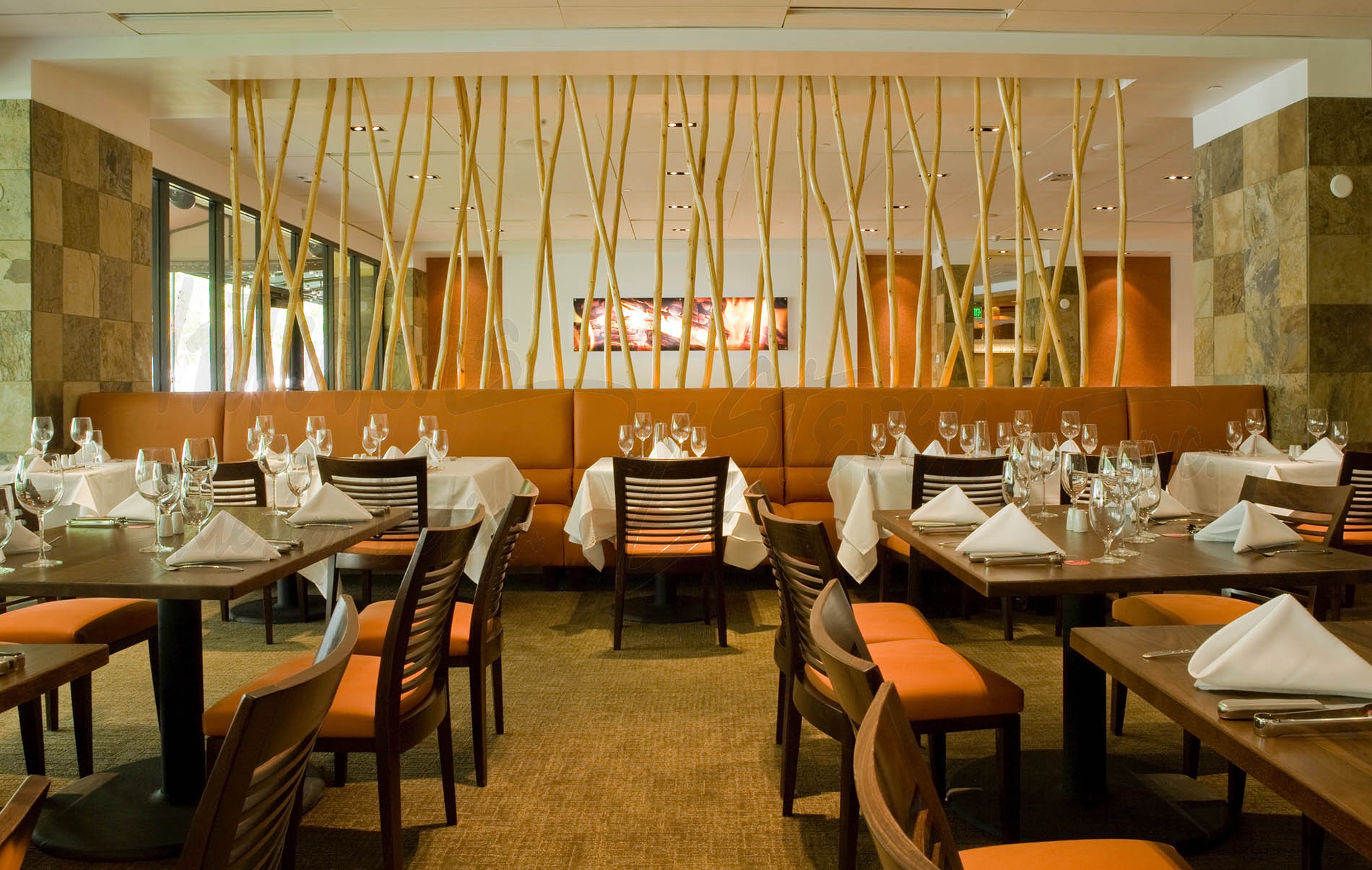
Commercial interior design goes beyond just creating a visually pleasing space. It delves into the psychology of how design elements can influence human behavior, emotions, and well-being in a commercial setting. Understanding the psychological aspects of interior design is crucial for businesses looking to create a space that not only looks good but also functions effectively in meeting the needs of its occupants.
One of the key principles of commercial interior design is to create an environment that enhances productivity and promotes positive interactions. This can be achieved through the strategic use of color, lighting, furniture layout, and spatial design. For example, research has shown that certain colors can evoke specific emotions and behaviors. Warm colors like red and orange can create a sense of energy and excitement, while cool colors like blue and green can promote relaxation and calmness. By carefully selecting the color scheme of a commercial space, designers can influence the mood and behavior of its occupants.
Lighting is another important element in commercial interior design that can have a significant impact on the well-being of employees and customers. Natural light has been shown to improve mood, increase productivity, and reduce stress levels. By incorporating large windows, skylights, or light tubes in a commercial space, designers can bring in more natural light and create a more inviting and uplifting atmosphere. Artificial lighting can also be used strategically to enhance the functionality and aesthetics of a space, such as task lighting for work areas or accent lighting to highlight certain features.
The layout and arrangement of furniture in a commercial space can also influence the way people interact with their environment. By creating designated areas for collaboration, relaxation, and focused work, designers can encourage positive interactions among employees and customers. Open floor plans with versatile furniture arrangements can promote creativity and flexibility, while private meeting rooms or quiet zones can provide space for concentration and reflection. By understanding the needs and behaviors of the people who will be using the space, designers can create a layout that supports their activities and enhances their experience.
In addition to enhancing productivity and promoting positive interactions, commercial interior design can also reflect the brand identity and values of a business. The design elements of a commercial space, such as the choice of materials, finishes, and furniture, can communicate the personality and ethos of a company to its employees, customers, and partners. By incorporating branding elements such as logos, colors, and graphics into the design of a space, designers can strengthen the connection between the physical environment and the brand image.
Furthermore, the sensory experience of a commercial space can have a powerful impact on the perceptions and emotions of its occupants. Designers can create a multisensory experience by incorporating elements such as texture, scent, sound, and temperature into the design of a space. By appealing to all five senses, designers can create a more engaging and memorable environment that leaves a lasting impression on visitors. For example, using natural materials like wood or stone can create a tactile experience that evokes a sense of warmth and comfort, while playing ambient music or introducing pleasant scents can enhance the overall atmosphere of a space.
In conclusion, the psychology of commercial interior design goes beyond creating a visually appealing space to consider how design elements can influence human behavior, emotions, and well-being in a commercial setting. By understanding the psychological principles of design and how they can be applied to create a space that enhances productivity, promotes positive interactions, reflects brand identity, and creates a multisensory experience, businesses can create a commercial space that not only looks good but also functions effectively in meeting the needs of its occupants. Ultimately, commercial interior design is about creating spaces that not only look beautiful but also work beautifully for the people who inhabit them.